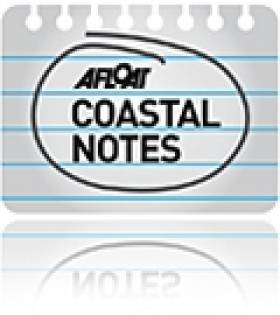Displaying items by tag: Architect Bill Hastings
Community May Split Over Application for ‘Dalkey Island’ Prospect
#DALKEY ISLAND PROSPECT -With only days left until the public consultation closes on an application for oil and gas exploration off Dalkey Island, Co. Dublin, locals are grappling with the potential risks and benefits of such a development following last Tuesday's community meeting held in the south-side suburb.
Providence Resources has applied for a foreshore licence to search for oil or gas about 6km out to sea off Dalkey Island on the Kish Bank Basin. The licence would involve a two-week seismic survey and subsequent drilling of a single exploration well over one or two months. The company said it was at a "relatively early stage" and if oil or gas were discovered it would need further licencing.
Of the 300 capacity audience that attended the evening meeting in Dalkey Town Hall, the vast majority including Tánaiste Eamon Gilmore, supported a call for a public inquiry into the licence before it is granted.
Architect Bill Hastings, who chaired the information meeting, was concerned that locally the issue could divide the community and many people pointed out that "it was not just a Dalkey issue but one for all of Dublin Bay". To read more on a report in today's The Irish Times click HERE.





























































